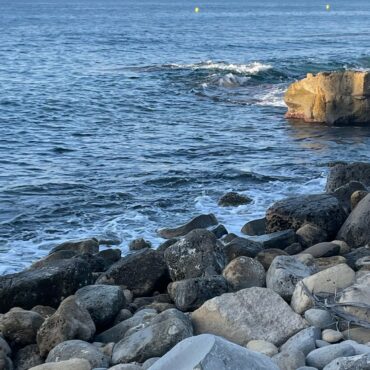Autumn has arrived on the Costa Blanca and it is time to ask ourselves if our house is prepared for the dampness of this weather. On many cases, temperature changes come so quickly that we don’t notice them and we are caught unawares. So that this doesn’t happen, here is a list of small details to bear in mind to avoid winter problems, because winter is beautiful when we look at it from the warmth of our home!
Anyone interested in protecting their property should be aware of the insulating materials for both humidity and external noise. Which are the most suitable for each situation? This small guide will help you.
THERMAL INSULATION FOR THE ROOF
The roof is certainly the main area of the house that needs to be protected with a good thermal insulator. In this way, we will reduce our electricity consumption for heating by up to 35% less than usual. The main materials that are usually used in any renovation or construction are:
The sheets or rolls are a type of insulating material composed of stone wool or fibreglass. Not only do they help to protect against temperatures in both winter and summer, but they also prevent fires and external noises. No more listening to the neighbour’s conversations while you are having dinner with your family at home!
THERMAL INSULATION FOR WALLS
If we take the decision to take the step and improve the insulation of our house, we must be well informed or advised by professionals in the construction sector and select the best material to achieve the desired temperature. Here are some of the possibilities.
– Synthetic stucco is made up of several layers between which an insulating board is inserted, reinforced in turn by a metallic fibreglass fabric and an impermeable acrylic substance. This material significantly reduces air ingress and is one of the newest insulating materials available today.
– Hollow bricks are also an excellent choice, a favourite of many building professionals. The way they work is simple, both hot and cold air takes less time to reach the house interior because the walls are thicker. Thanks to the hollows that give them their name, the desired insulation is achieved in both winter and summer.
– Concrete is the thermal insulator par excellence as it manages to accumulate heat to later distribute it throughout the house. Therefore, houses with concrete as insulation will also need additional insulation such as perlite or expanded polyethylene.
– Plastic sheeting will protect the walls from humidity. This may be the best option for the Costa Blanca area as overnight humidity increases considerably during the winter.
– Pour-in insulation is another easy-to-use option for the walls of your home. It is a liquid that is applied by blowing it with a specialised machine or by pouring it between joists. As a precaution, the liquid should be kept away from heat vents.
WINDOW INSULATION
Windows are the simplest part of the house when it comes to insulating against both cold and heat. There are self-adhesive strips that are fixed to the windows and thus prevent the entry of cold, air or heat.
In order to avoid the installation of these strips, it is necessary to start from the beginning and install windows with quality materials. For example, Climalit glass windows with double glazing achieve a level of insulation 3 times higher than basic double glazing. In additional, if accompanied by a top quality aluminium frame, they are highly resistant to temperature changes, solar radiation and bad weather.
These are just some of our recommendations for materials that will help you protect your villa on the Costa Blanca from the inclement weather and damp that will accompany us during these winter months.
Don’t get caught in the rain!




